In a speech earlier this month, senior National Security Council official Pranay Vaddi acknowledged a new, uncomfortable reality: For the first time ever, the United States must deter two nuclear peer adversaries.
“The president recently issued updated nuclear weapons employment guidance, which takes into account the realities of a new nuclear era,” Vaddi told the Arms Control Association in a speech on June 7. “It emphasizes the need to account for the growth and diversity of the PRC’s nuclear arsenal—and the need to deter Russia, the PRC, and North Korea simultaneously.” Considering President Biden has been cheerleading disarmament efforts for decades, this remarkable announcement speaks to the gravity of the nuclear threats.
The White House’s finding echoes the chief assessment of the bipartisan U.S. Strategic Posture Commission, on which I served as a commissioner.
After the Cold War, the United States sought to rely less on nuclear weapons in its national defense strategy and instead focused on pursuing arms control and disarmament goals. The Russians were the only peer nuclear power, and Republican and Democrat administrations alike made investments in the U.S. nuclear deterrent on the assumption that relations between the U.S. and Russia were in a more productive and less adversarial period. Around 2009, when the last Strategic Posture Commission released its recommendations and when the United States was initiating its nuclear deterrent requirements, China had only a relatively modest nuclear arsenal. Strategy documents from around that time expressed cautious optimism that China would choose to engage in dialogue to build strategic stability, as a responsible state would.
Prior to ratifying the 2011 New START Treaty between the U.S. and Russia—which reduced both nations’ strategic offensive weapons—the Senate, and especially Republican Senators, insisted that President Barack Obama provide full support for the modernization of the nation’s nuclear deterrent. The hope was that future arms control with the Russians would also include restrictions on its theater-range nuclear weapons, which remain outside of New START.
But since then, Russia violated the Intermediate-Range Nuclear Forces (INF) Treaty, abused the Open Skies Treaty, disregarded calls for responsible behavior in outer space, launched a full-scale invasion of Ukraine, and announced it would not follow the New START Treaty. Moscow has chosen to assume an explicitly hostile posture toward the United States (and the post–Cold War democratic alliance system) while investing in novel nuclear systems and engaging in nuclear brinkmanship.
With the rise of Xi Jinping, China also has chosen an explicitly aggressive posture toward the U.S. and its allies to destabilize the global commons. Beijing, too, is rapidly expanding its nuclear weapons stockpile. China’s nuclear buildup has outpaced U.S. intelligence estimates, and Beijing now has a triad of delivery systems: land-based intercontinental ballistic missiles (ICBMs), airborne long-range bombers, and sea-based nuclear-armed submarines. It also has provocatively tested weapons such as the fractional orbiting bombardment system (FOBS). And it is refusing to engage in nuclear arms control talks or transparency measures.
The risk of a confrontation between the United States and one or both nuclear adversaries is increasing.
This was another finding of the bipartisan U.S. Strategic Posture Commission, which concluded in its October 2023 report that while the fundamentals of America’s deterrence strategy remain sound, the “application of that strategy must change to address the 2027-2035 threat environment.”
The report urges the United States to “fully execute” the nuclear modernization program underway—overhauling its arsenal with new ICBMs, ballistic missile submarines, and warheads—and also recommended additional changes to prepare to meet the threats that have emerged since 2010.
It is imperative that the United States complete the program underway because it is necessary even if insufficient to credibly deter both China and Russia.
The nonpartisan consensus report has thankfully served as a wake-up call to the nation, lawmakers, and the Pentagon.
However, the ranking Democrat on the House Armed Services Committee, Washington Rep. Adam Smith, recently described the debate surrounding U.S. nuclear weapon policy as “stagnant.” In a May 17 Newsweek op-ed, he argued that “momentum” is the main reason for the push to replace America’s 40-year-old land-based intercontinental ballistic missile program with a new and admittedly expensive one called Sentinel.
But momentum had nothing to do with the bipartisan decision, made under multiple presidential administrations, to invest in Sentinel, a vital aspect of the nuclear modernization program. There are decades of momentum resulting in the neglect of the nuclear force and the degradation of the nuclear enterprise. But study after study showed that the most cost-effective way to maintain a credible ICBM leg was through replacing it with Sentinel.
But Smith, in defending his desire to not pursue the replacement of the decades old ICBM fleet, wrote that the Strategic Posture Commission concluded that the Defense Department should “pursue the feasibility of fielding some portion of the future ICBM force in a road mobile configuration.” Surely Smith, one of the elected leaders who helped initiate the SPC and who entrusted it with fairness and rigorous analysis, knows that the SPC offered suggestions for future adaptations, but not as pretexts to interrupt or to derail the current modernization program.
Finally, the congressman asserted that the commission’s recommendation that the Department of Defense invest more in conventional munitions was at odds with nuclear modernization. He said, “If the Sentinel program continues to balloon, these reductions to conventional systems are likely to increase as the Pentagon’s top-line is unlikely to grow significantly.” He is right to be concerned about the cuts to conventional systems, but the answer is not to pay for these systems with one of the three legs of the nation’s nuclear triad. The overall defense budget is at historic lows as a percentage of the nation's GDP—and that's the uncomfortable reality. Mississippi’s Roger Wicker, the ranking member of the Senate Armed Services Committee, recently introduced a plan to significantly increase the topline to the Pentagon’s budget due in part to the challenges Smith has detected. The Wicker plan, dubbed the 21st Century Peace Through Strength report, is wise, given the nature of the China-Russia challenge and the high stakes.
Deterring war—especially nuclear war against two nuclear peer adversaries—and preserving the American people and our way of life is and must remain the No. 1 priority of the U.S. government. We can afford to do this, but we cannot afford to fail.
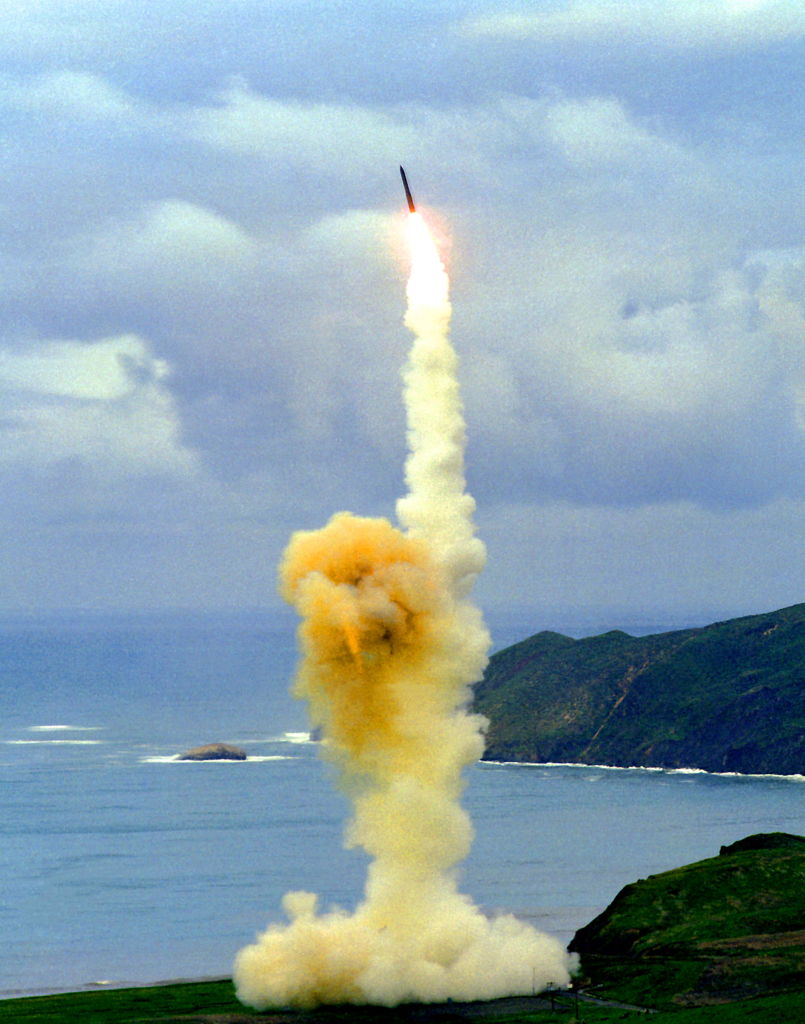
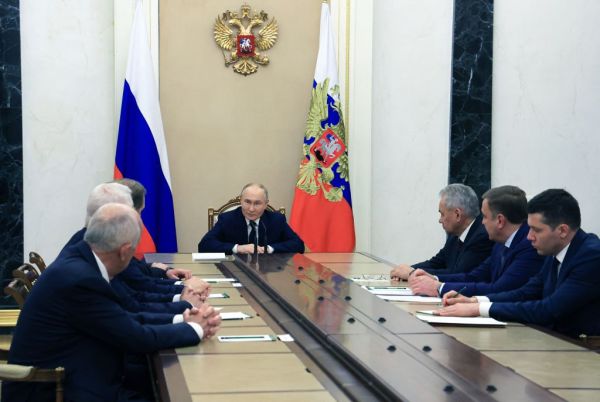
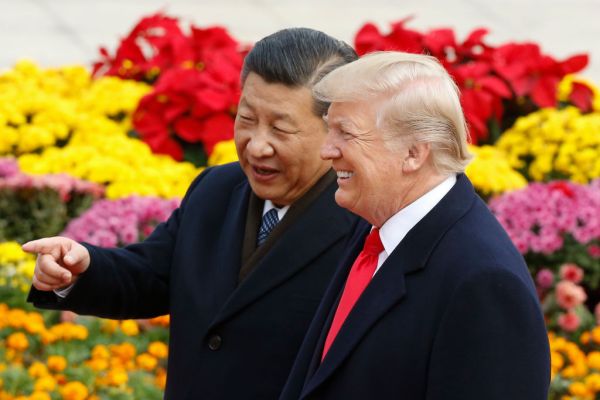
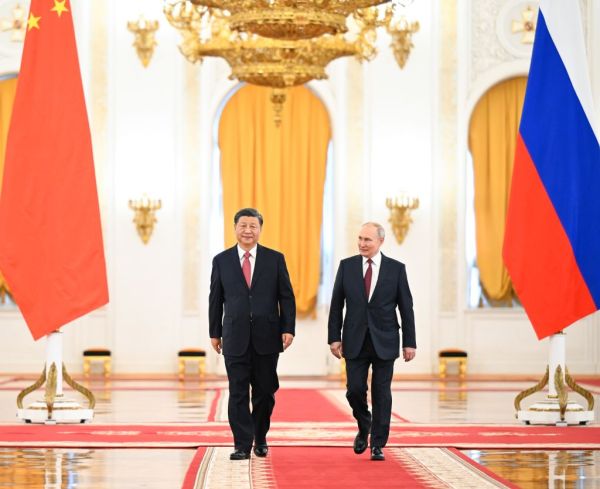

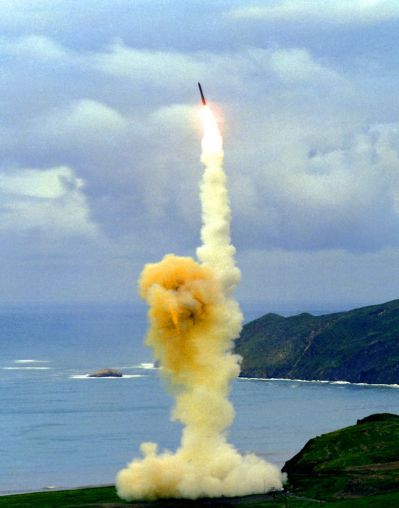
Please note that we at The Dispatch hold ourselves, our work, and our commenters to a higher standard than other places on the internet. We welcome comments that foster genuine debate or discussion—including comments critical of us or our work—but responses that include ad hominem attacks on fellow Dispatch members or are intended to stoke fear and anger may be moderated.
With your membership, you only have the ability to comment on The Morning Dispatch articles. Consider upgrading to join the conversation everywhere.